How to plan and design the perfect playroom
When designing a playroom, it is important to consider the age/s of the children who will use the space and how they will use the space. This will inform ones choices on the focal point of the room, the furniture needed, the layout and colour scheme of the playroom.
Before designing any space, it is vital to zone the room; create a zone for each activity that will take place in the playroom. If the playroom is being designed for toddlers an imaginary play area is essential, along with a physically active space. When designing a playroom for older children, they will most likely cherish an entertainment area. Their active space is likely to also host table games. Make a plan on paper, whether it is sketching or collecting images, have a plan in place before physically approaching the room.
-
Playroom Zoning

Creating zones within a space can be done quickly on a sketch plan of the room. On the plan drawings decide where the lounge area, the play area, the entertainment area will be, then circle and label each area. When creating zones, ensure the flow of the space works, imagine using the space, and how children will manoeuvre through the playroom. It makes sense for a lounge area and the reading nook to be in a corner or away from high traffic flow. If space permits around the window, this is the ideal spot for a reading nook for children; it also optimises the use of natural light. Keep the centre of the room open or flexible for imaginary play, or games.
-
Playroom Focal Point

Choose a focal point of the room. What do you want to have as the grand feature? Will it be a book case, or entertainment unit? Will it be a playframe that the children can climb and hide in? Or will it feature a Wendy house, a Reading Nook or a stage for music and performance. The focal point should be chosen, based on what’s important to the child or children of the playroom.
-
Playroom Furniture and Safety
A playroom generally has lots of movement taking place in it. Try as much as possible to use built in furniture instead of stand alone pieces for stability. Furniture that is secured to the wall is less likely to fall over. The cost for built in furniture is higher, but definitely worth it in comparison to having a freak accident with an active child. If you have a stand alone book case or cupboard, fasten it to the walls and floor if possible.
-
Playroom Lighting

Every room needs proper lighting. Each task in the playroom should have sufficient lighting. If the playroom has one pendant light, definitely consider alternative lighting; for reading, playing or softer lighting to create a more relaxed atmosphere.
-
Playroom Storage
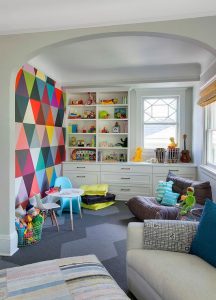
What is a beautiful room without ample storage? A room without storage is not really a functional space. A playroom has many toys, books and other accoutrements, therefore designing and creating clever storage for the various items is essential. Consider the various zones, the activities which take place there and what will need to be stored, then create a solution for each item.
-
Playroom Decoration
Finally, think about the pretty things, the type of wall covering. Is a rug needed? Will children’s art be displayed on the walls? Experiment with the playroom decor, because it needs to be a place that stimulates the senses, in comparison to a bedroom which needs to create an atmosphere for sleeping. Again, what types of toys or activities, does the child like? Decorate the room with items that are familiar or liked by children, making it personalised.
We will be happy to help you design your playroom, contact us on +442032873722 or email info@mkkidsinteriors.com.
Medina xXx
Image credits:

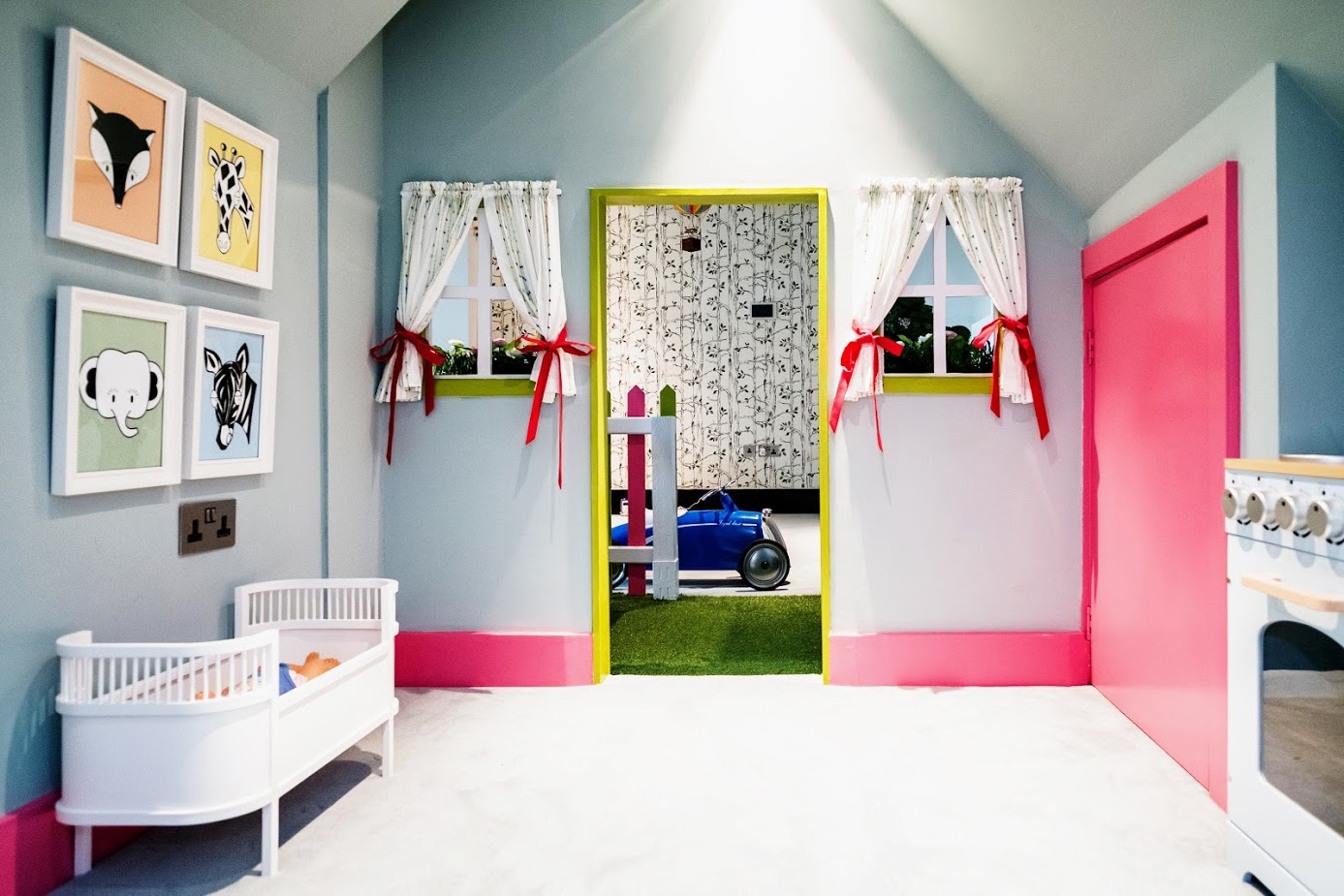
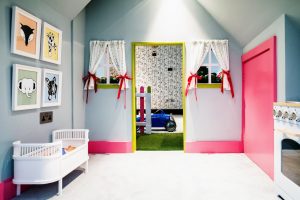
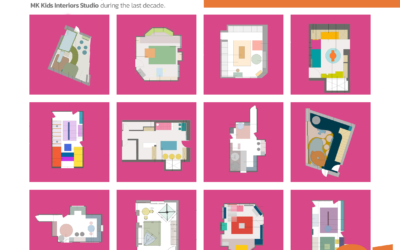
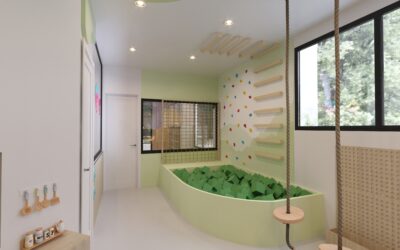

0 Comments